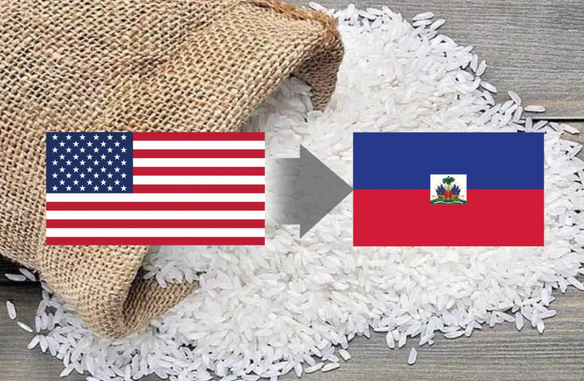This is the first of a two-part article.
Haiti is dependent on food from outside the country, despite being a nation of farmers with tremendous untapped agricultural potential. Now that imported food can’t get through due to escalating gang violence in urban areas, including at the country’s main port, this fragile nation is on the precipice of a major food catastrophe.
|
|
|
|

